Levi’s 501’s - The rise and fall... and the rise again?
You couldn’t set out to create a fashion icon. Clothing pieces that are considered classic weren’t designed to be classic, they just became that over time. Slight changes are made to iterations to fit a particular era’s trends but maintaining the original design is key to a classic piece.
The mini skirt, for example has been pleated, straight, and changed in length, but the design and symbolism has stayed the same.
Levi’s 501’s are a great example of a classic piece of clothing. They’ve been worn by miners, cowboys, politicians, actors and pop stars since their release over 150 years ago and though there may be slight design differences from a pair bought from J.C Penny in the 1800’s to a pair bought online yesterday, you’d basically have the same piece of clothing.
What goes a long way to help create a classic is the symbolic value of a clothing piece. When John Wayne wore Levis in the 1939 movie ”Stagecoach” he defined the image of a cowboy for a generation. When Marlon Brando wore them in ”The Wild One” in 1953, he defined a rebel culture that exists still today.
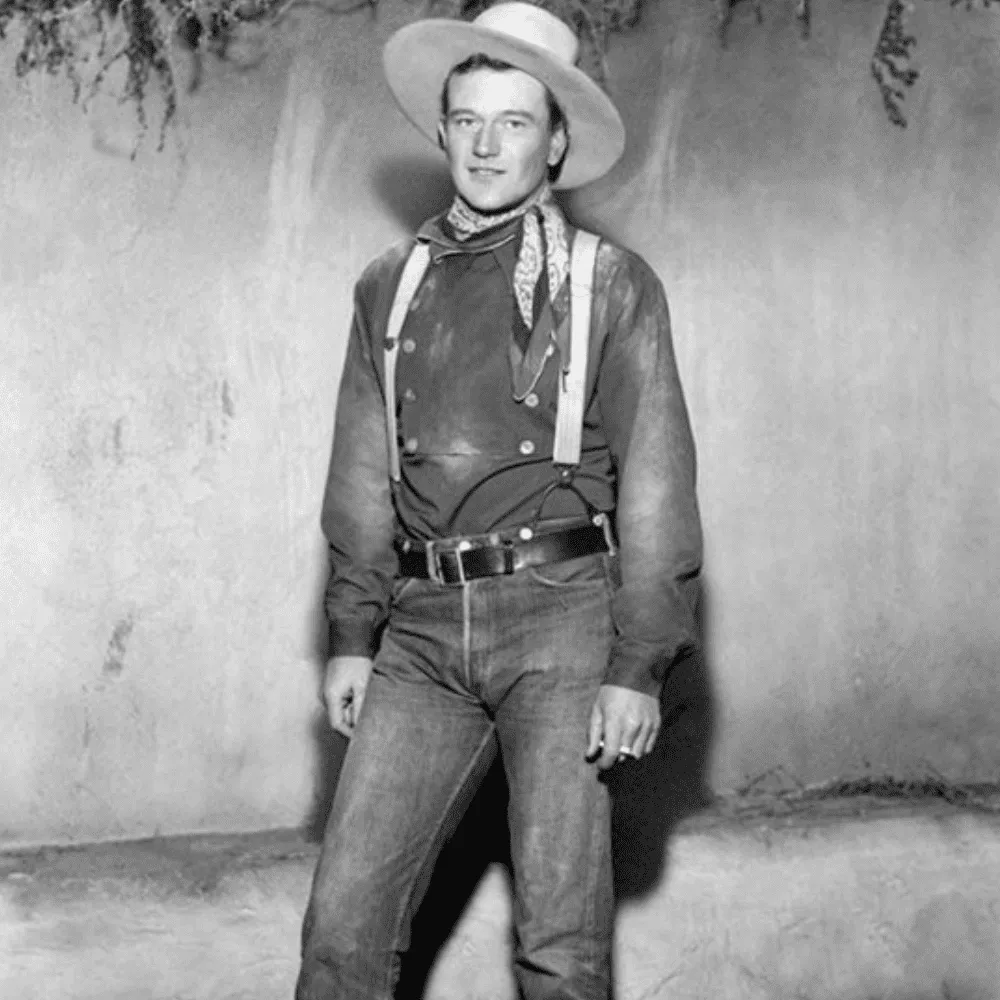
John Wayne Levis - Stagecoach - 1939
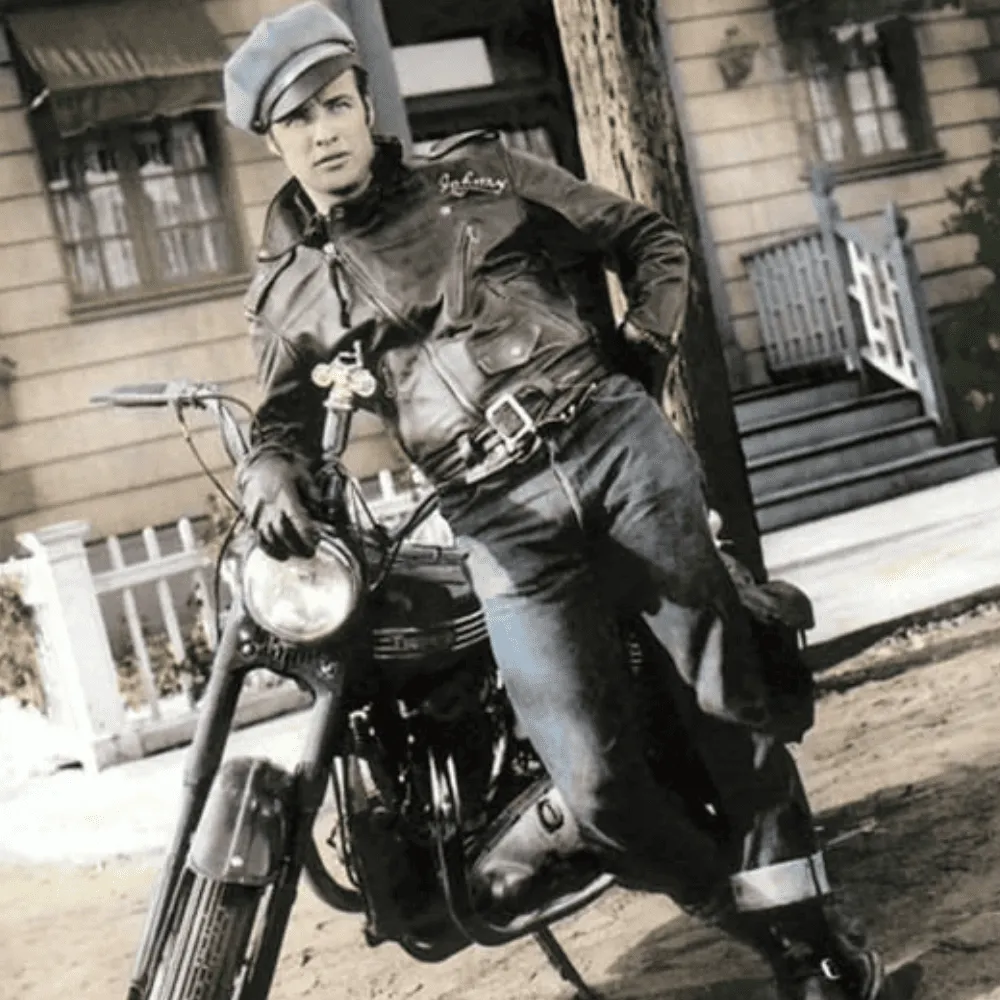
Marlon Brando - The Wild One - 1953
Luckily for me, I was born in the late 60’s. That meant that when Levi’s released their famous launderette ad in 1985, I was the target audience. And thanks to that ad campaign, Levi’s have benefited from a considerable contribution from me ever since.
Nick Kamen in the iconic 1985 Levi’s ad - Courtesy of Betamax King - YouTube
The Rise of the 501
On May 20 1873 Levi Strauss and Jacob Davis received U.S. patent number #139,121 for "waist overalls" with metal rivets at points of strain. The first product line was designated by the lot number "501" and created in 1890.
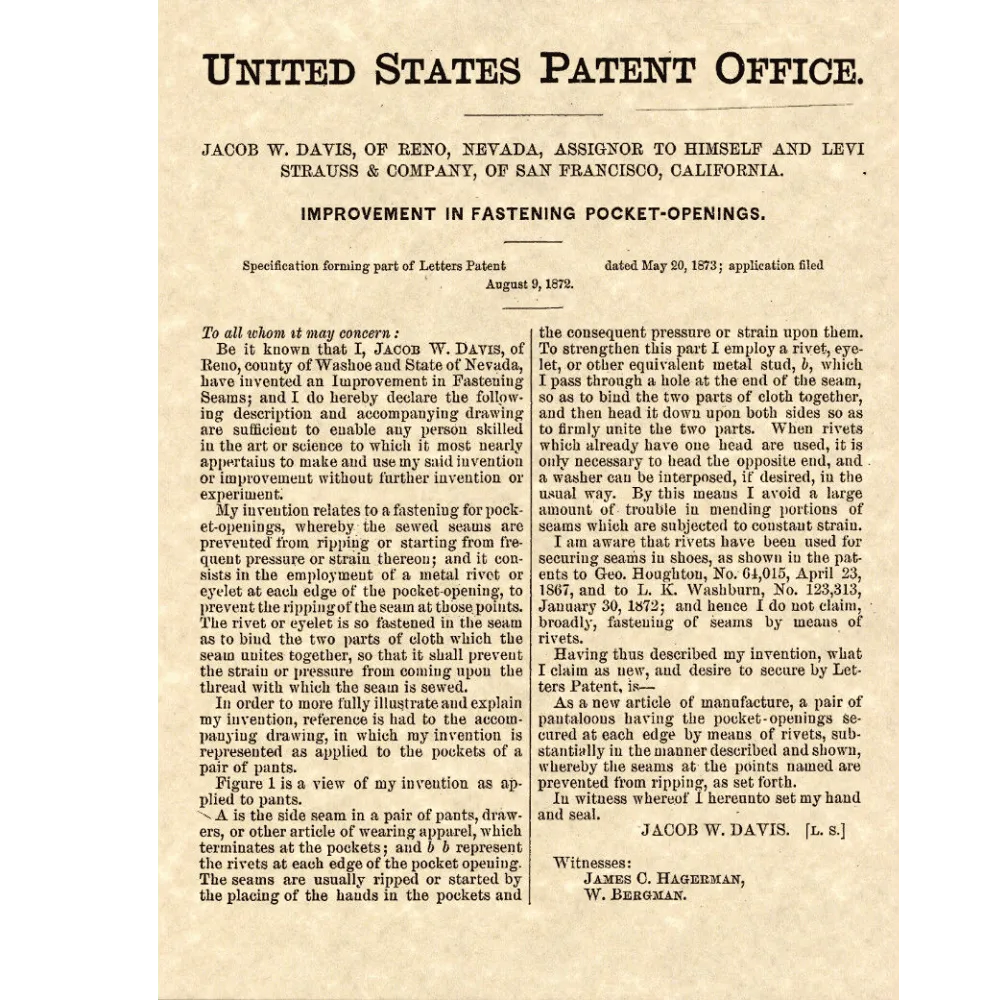
U.S Patent for Jacob Davis’ riveted reinforced seams invention - Image via Levi’s
150 years of the 501
In 2023 Levi’s jeans celebrated their 150th birthday and aside from a few cosmetic differences, the 501’s of today are much the same as those jeans that were worn in the mining days of the 1800’s.
That’s pretty remarkable. But how would today’s iteration stand up to the first 501’s all those years ago…
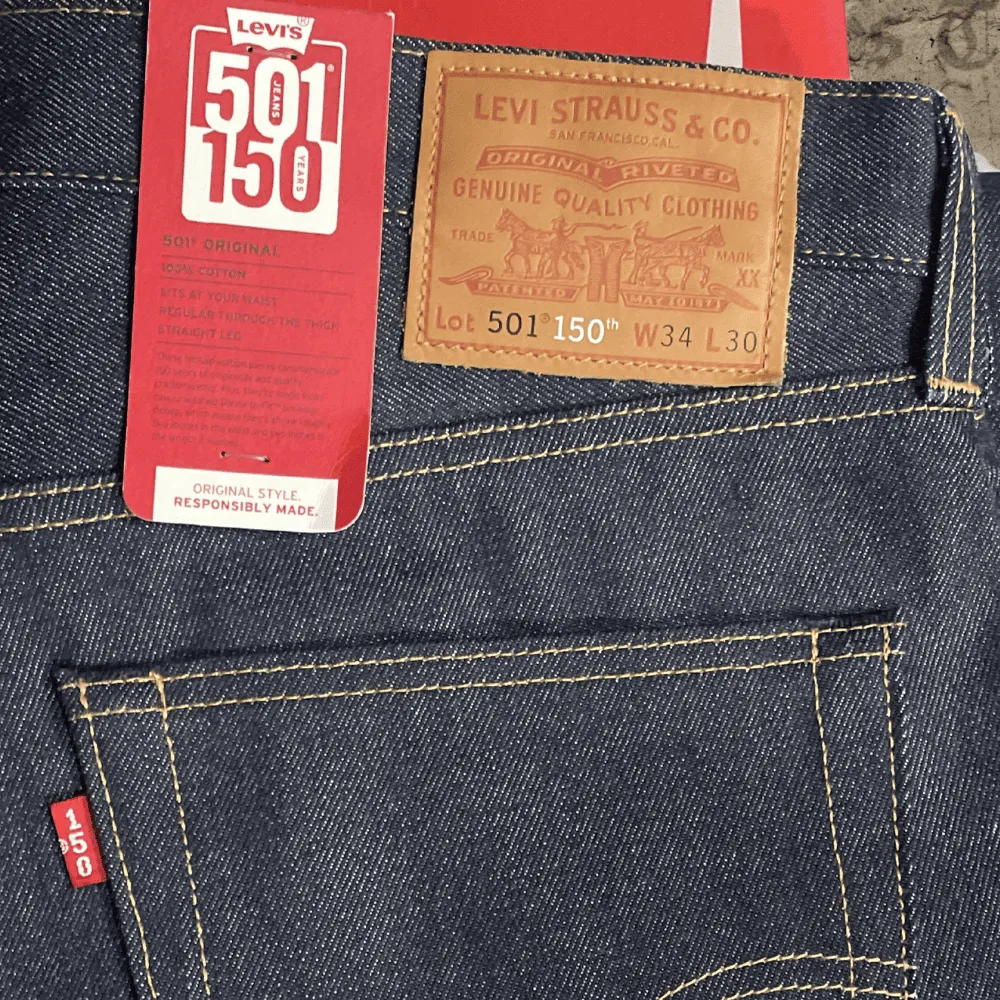
Levi’s 501 Anniversary Edition
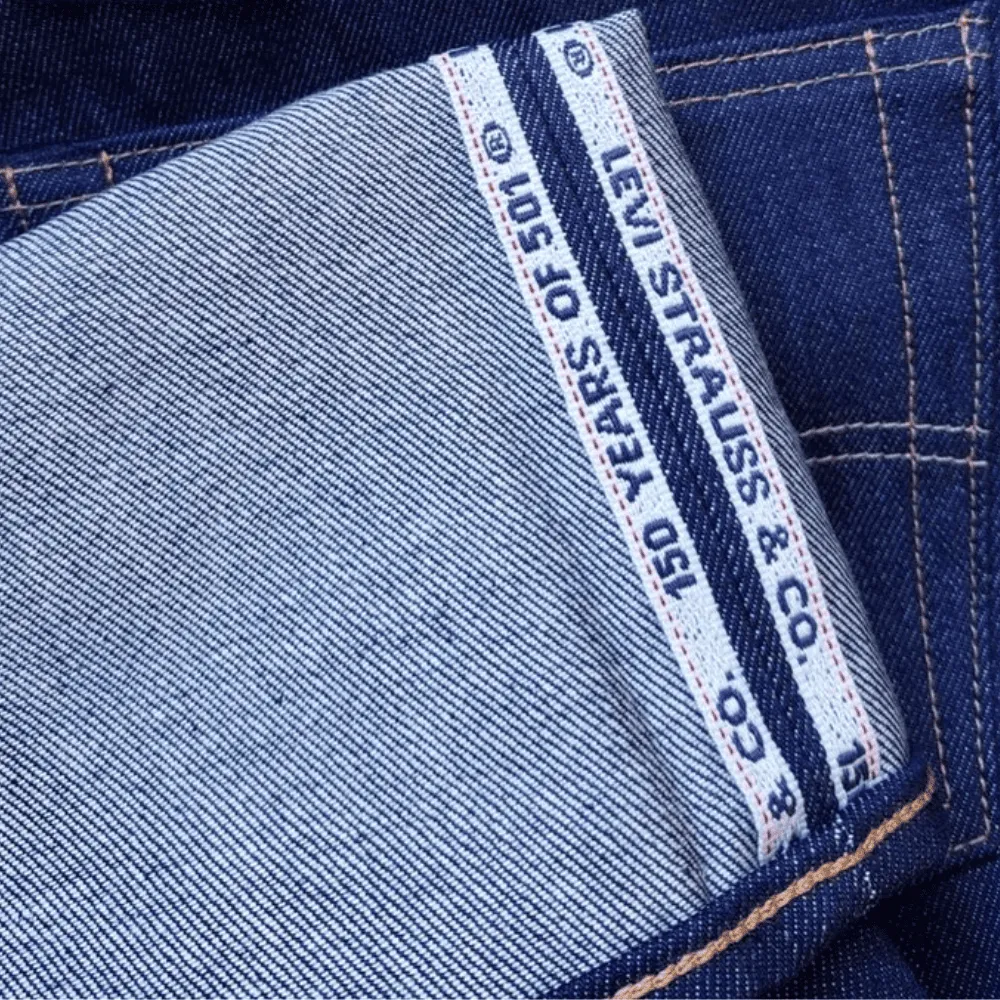
Anniversary Selvedge
501 and The Evolution of Denim
- From 1800s Craftsmanship to Modern Mass Production
As with most things the production of denim has evolved not only due to demand but also through innovations in the textile industry. The production of the rugged fabric that defined workwear, and later became a symbol of fashion and rebellion, has undergone dramatic changes since it’s early days.

An image from the 1800’s of miners wearing Levi’s Jeans
– Courtesy Dr. Robert J. Chandler –
In the 1800s, denim was crafted as a tightly woven, durable fabric intended to withstand the harsh conditions of labor-intensive jobs. Today, mass production and cost-cutting measures have altered both the manufacturing process and the quality of denim, leading to a product that, while still popular, is a distant cousin from it’s original.
Denim itself is derived from sturdy cotton fabrics used for workwear in Europe, particularly “serge de Nîmes” from France, but it was in America that denim as we know it truly took off. To survive the tough mining conditions of the mid-1800’s Gold Rush, jeans were made from heavyweight cotton denim, woven on narrow shuttle looms resulting in a fabric that could not only survive the mines but also the test of time.
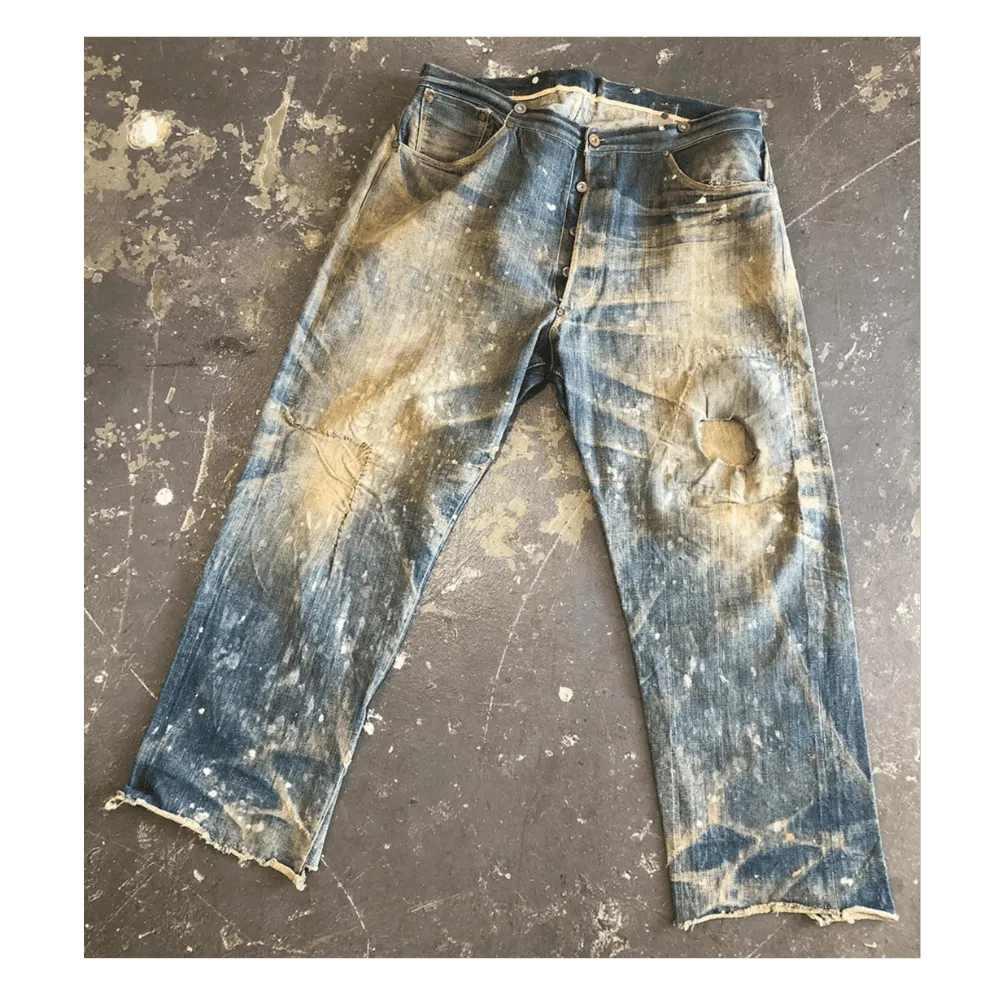
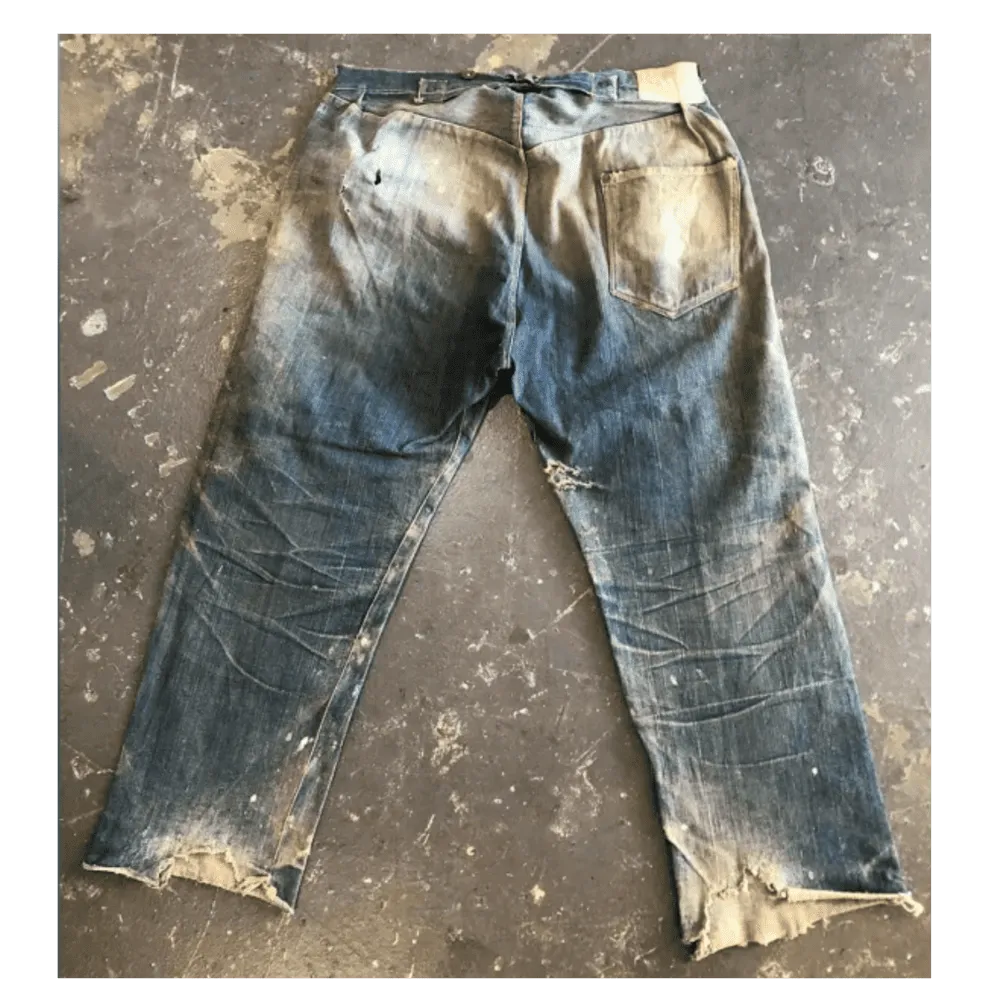
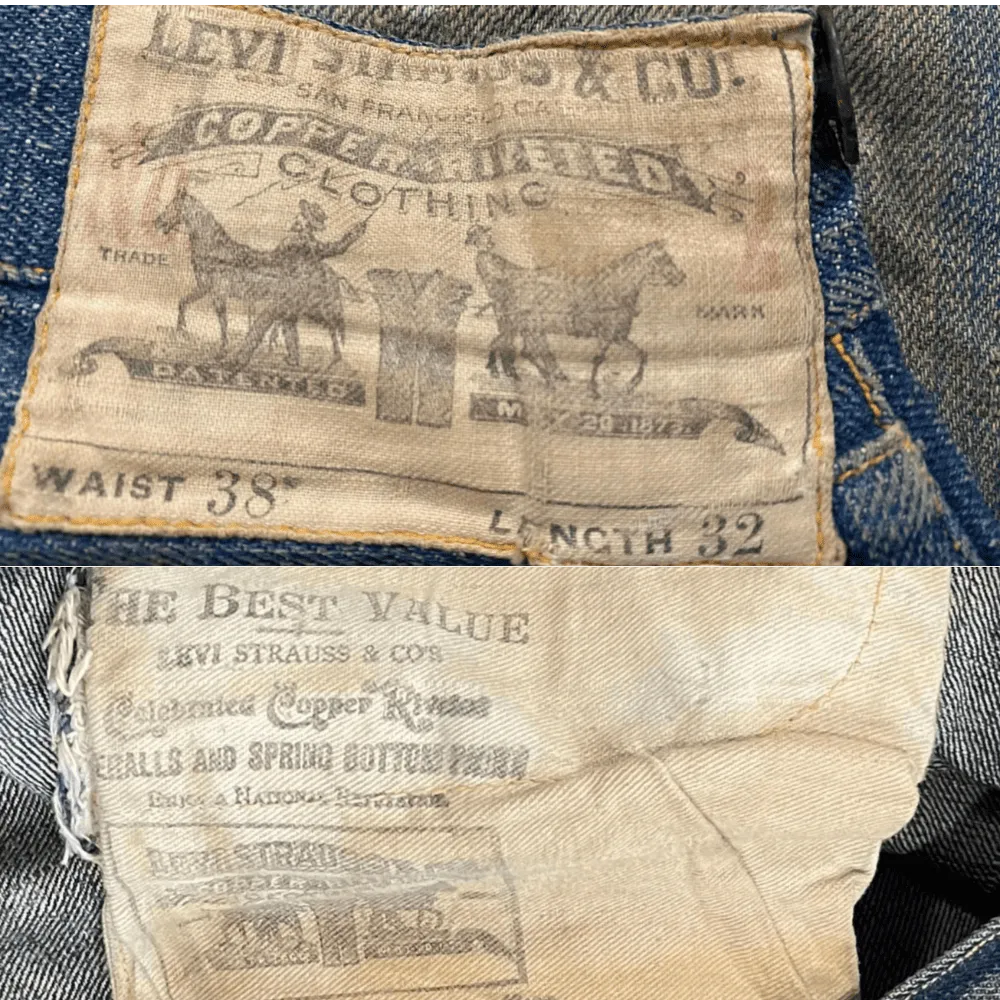
A pair of Levi’s Jeans from the 1800’s found in New Mexico disused mine in 2022 - Sold for $87,000
During the late 19th century, denim was made using selvedge shuttle looms, which produced tightly woven fabric with a finished edge that prevented fraying. This technique created a denser, more durable denim that could withstand years of wear.
Key elements of early denim production included:
Cotton Sourcing: The denim of the 1800s was often made from long-staple cotton, such as that grown in the American South, which resulted in stronger, more durable fabric.
Indigo Dyeing: Natural indigo, derived from the indigofera plant, was used to dye the warp threads, creating the rich blue color that faded beautifully over time.
Ring-Spun Yarn: The cotton was spun using traditional ring-spinning techniques, which produced irregular, textured yarns that contributed to the unique character and strength of the fabric.
These features gave Levi’s early jeans their legendary durability, making them a staple for miners, railroad workers, and laborers who needed clothing that could endure extreme conditions.
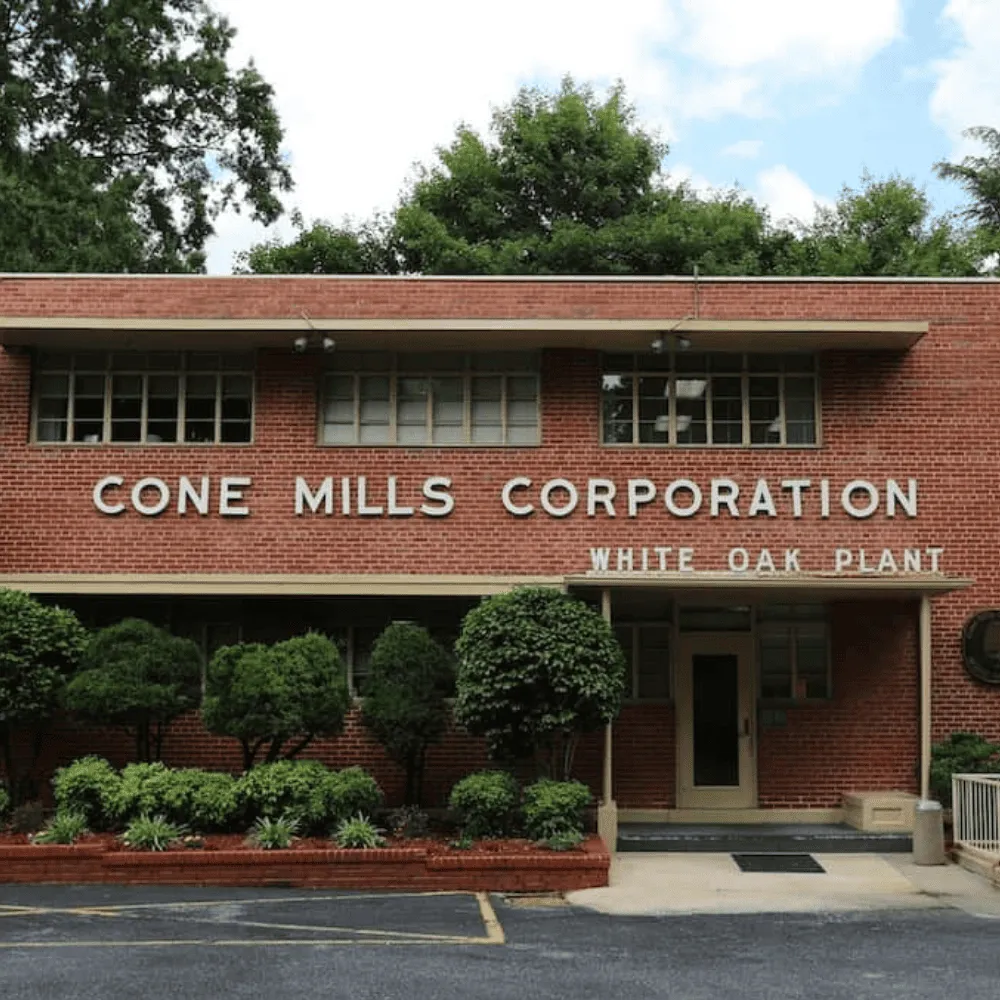
White Oak Mills in Greensboro, North Carolina was the last industrial-scale producer of selvedge denim in the United States.
The Golden Handshake was an agreement between Levi Strauss and the plant that gave Cone Mills the exclusive right to
make Levi's XX (extra, extra strong) denim, also known as "shrink-to-fit" denim.
The agreement was signed in 1915. It lasted just over a century when White Oak was closed in 2017.
In 2021 the plant re-opened but it doesn’t provide Levi’s with any denim fabric today.
The fall of the 501
- The Shift to Mass Production and Declining Quality - 20th Century to Present
As denim became more popular in the 20th century, Levi Strauss & Co. faced increasing demand, leading to changes in manufacturing that prioritized efficiency over craftsmanship.
Changes included: The Switch to Projectile Looms (1950s–1960s)
Shuttle looms were replaced with faster, wider projectile looms that could produce fabric more quickly but lacked the tight, self-finished edge of selvedge denim. This new fabric was cheaper but more prone to fraying and less durable.
Cheaper Cotton and Open-End Spinning (1970s–1980s)
Instead of ring-spun yarn, Levi’s and other manufacturers began using open-end spun yarn, a process that was faster and more
cost-effective but resulted in weaker, less textured fabric. Additionally, as demand for denim skyrocketed, lower-quality cotton blends began to replace the long-staple cotton used in earlier jeans.
Synthetic Indigo and Pre-Washing Techniques (1990s–2000s)
Natural indigo was largely replaced by synthetic dyes, which lacked the rich depth of natural dye. Additionally, pre-washed and distressed jeans became popular, which meant denim was being artificially weakened before it even reached consumers.
Outsourcing and Fast Fashion Influence (2000s–Present)
Levi’s, like most major brands, shifted production overseas to cut costs. In the 2000’s factories in countries like China, Bangladesh, and Mexico now produced the majority of Levi’s jeans, often using lower-wage labor and cheaper materials. The once-rugged, long-lasting workwear was largely been replaced by thinner, stretch-infused denim that is designed to wear out more quickly, encouraging consumers to buy replacements.

The River Xintangr in China with blue chemicals seeping from denim factories - Image via Do One Better - Substack
The rise again...
- A Return to Quality & The Resurgence of Selvedge Denim
During the 90’s, in response to the declining quality of mainstream denim, a niche market for selvedge denim emerged.
Enthusiasts sought out jeans made by using traditional methods, often produced by smaller brands or Levi’s high-end LVC (Levi’s Vintage Clothing) line, which recreates early styles using authentic shuttle-loom denim.
These modern selvedge denim brands focus on using shuttle looms to create durable, self-finished fabric. Reintroducing ring-spun yarn for strength and texture. Sourcing high-quality cotton, including American and Japanese varieties. And using natural indigo dyes for authentic fades.
LVC - Levi’s Vintage Clothing and Japan

In post war Japan a cult was growing around Americana and the collecting of original American clothing. But as mass production took over these groups became tired of cheap fabrics and poor workmanship. This contributed to the growth of the denim industry in Japan and was the inspiration for companies to start replicating some of Levi’s most popular denim lines using traditional techniques and machinery.
As more and more denim factories in the U.S were closed, the numbers of companies in Japan were growing, especially in Osaka and Okayama. These companies were buying up the looms and processing machinery being sold by American denim manufacturing plants that were closing their doors.
With Kurabo producing Japan’s first selvedge denim in the 1970’s it meant that exact reproductions of the famous Levi’s 501 jeans was now possible.
Around 1987, realizing the market potential, Levi’s in Japan introduced more it’s vintage 501 models aimed at enthusiasts that wanted qualitative and timeless pieces to add to their collections.
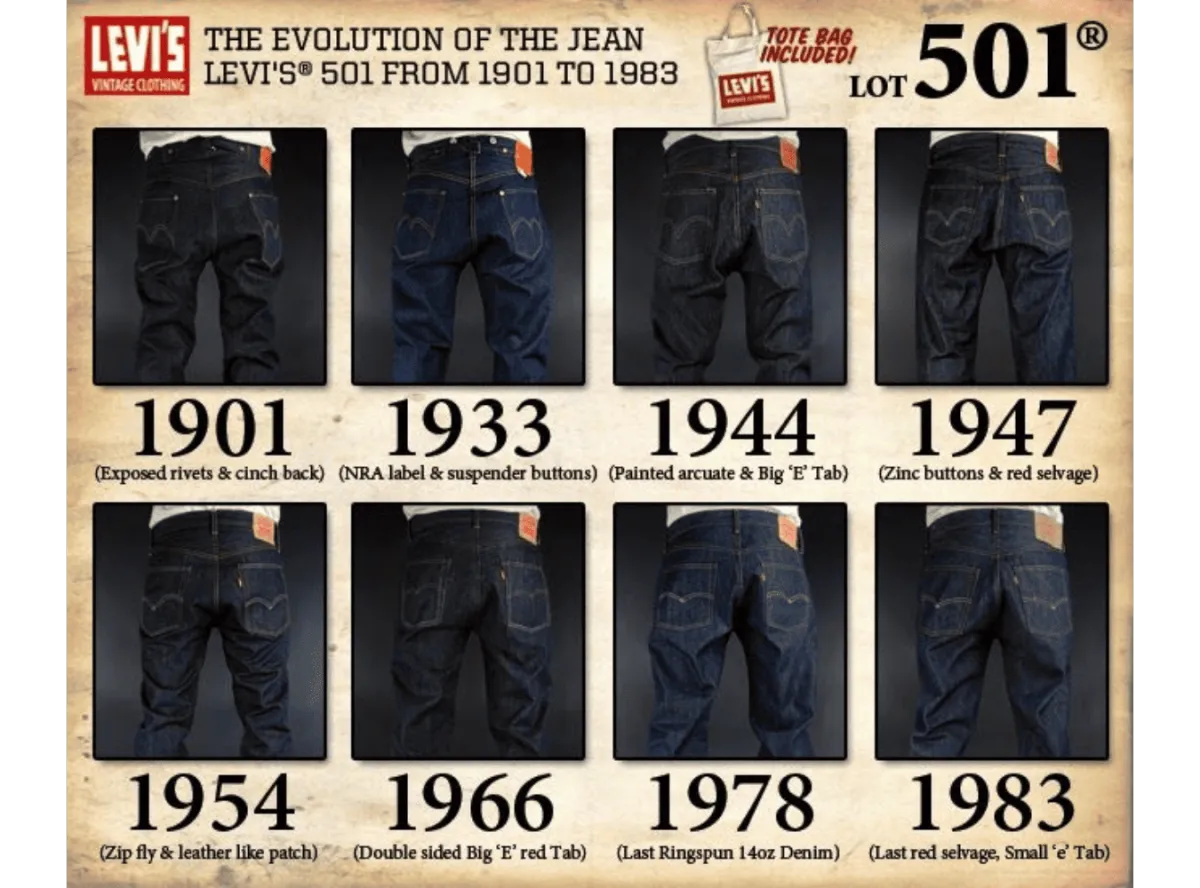
Some of the classic 501 models re-issued by LVC - Image via Levi’s Strauss
A few years later Levi’s launched it’s “Capital E” line in America, however it wasn’t until 1996 that the Levi’s Vintage Clothing concept was introduced coinciding with the early craze for vintage Levi’s jeans in Europe.
With Japan’s traditionalist culture and it’s massive denim interest, it feels like the perfect place for jeans manufacturing to continue it’s strong heritage of qualitative denim expression.
Each season, the designers of Levi’s Vintage Clothing go through the archives and recreate some of the loved cuts and styles from the past recreating washes on their iconic 501 jeans.
LVC brings investment pieces that have proven to never go out of style.
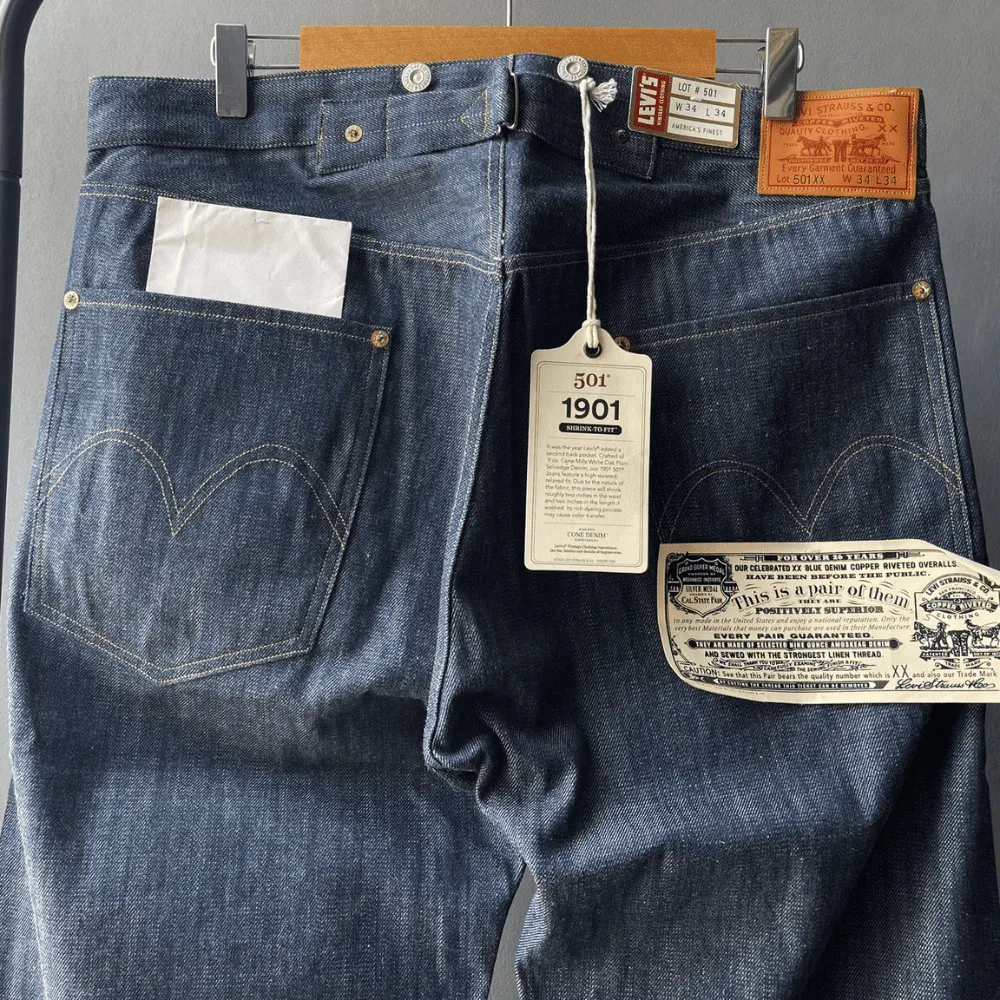
LVC 1901 501 Jeans
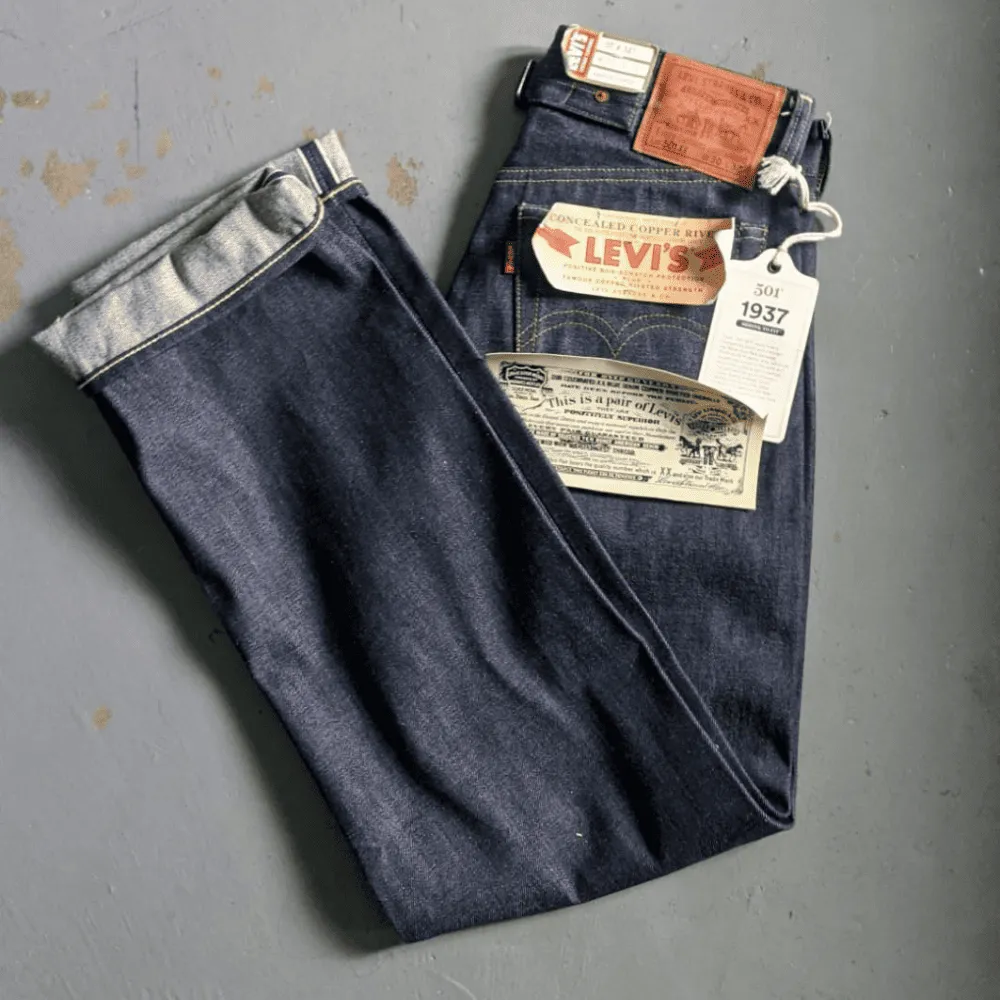
LVC 1937 501 Jeans
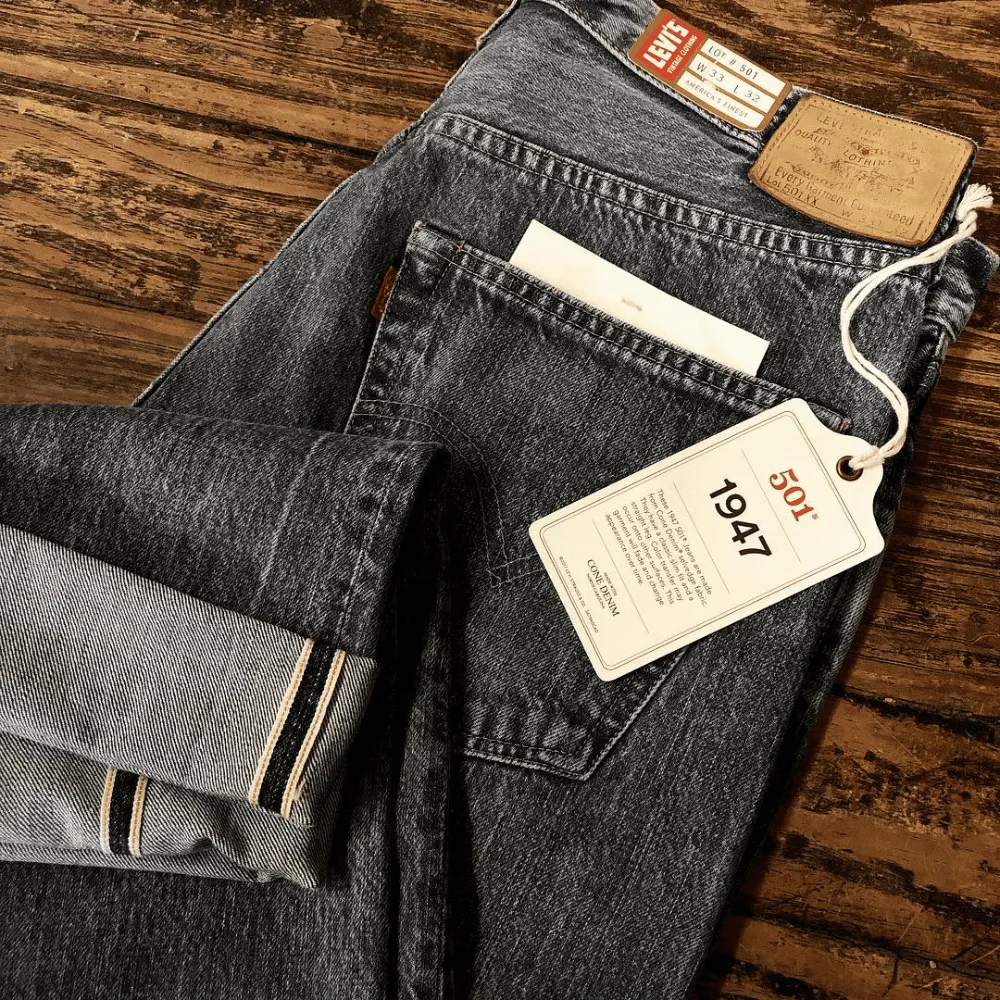
LVC 1947 501 Jeans
501’s Today
Levi’s have started adding a few ”classic” 501 models to their non-vintage range. They include,
Levi's® 501® Original Selvedge Jeans
While these models are made in Egypt, China or Vietnam and therefore not the quality of the LVC range, it means you can buy a piece of nostalgia at a reasonable price. If you check the second hand market, you can still pick up some authentic ”Made in USA” 501’s from the 80’s and 90’s.
Related articles
I have no affiliation or commercial connection to any of the brands or companies mentioned on this site.
All content on this site is original unless otherwise stated. In instances where original content could not be provided, a link to the source has been included. If you are the rightful owner of any material featured here and would like it removed, please contact me at:
